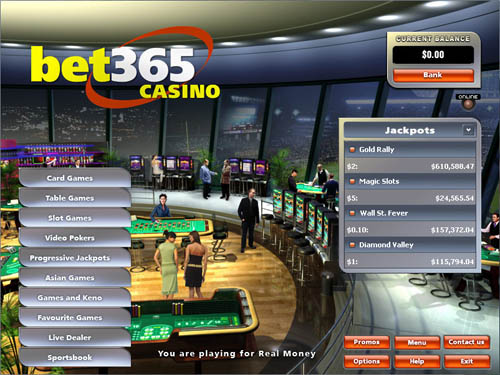
Within the dynamic and stimulating world of gaming establishments, wherein fortune and strategy intertwine, color and aesthetic play a critical role in drawing in players. As soon as visitors step inside a casino or log into a gaming platform, they are immersed in a sightly feast that grabs their attention and entices them to explore more. Vivid colors, engaging graphics, and creative layouts are meticulously crafted to create an environment of excitement and anticipation, ultimately enhancing the gaming experience.
As gamblers move through the ever-changing landscape of casino games, they come across a variety of designs that not only serve visual purposes but also affect emotions and choices. Hues like red and gold symbolize wealth and fortune, while soothing blues and greens can create a more tranquil environment. Grasping how these elements function together allows casinos to create an inviting and stimulating atmosphere that encourages players to interact with the games, spend additional time at the tables, and increase their general enjoyment.
The Study of Tint in Gaming Establishments
Color plays a critical role in the development of gambling games, shaping player emotions and behaviors. Vivid and bold shades, such as crimson and amber, are often used to incite enthusiasm and attract focus. These hues create a sense immediacy and energy, encouraging gamblers to participate more eagerly with the experience. bl555.casino By intentionally selecting colors, creators aim to evoke feelings of satisfaction and anticipation, which can enhance the complete gaming experience.
Various colors also have psychological meanings that can affect how gamblers perceive their chances of success. For example, emerald is frequently associated with fortune and prosperity, making it a well-liked choice in games like the roulette wheel and poker setups. This link can lead players to feel more hopeful and self-assured in their play, ultimately motivating them to wager more. Understanding these connections allows game designers to craft environments that enhance player happiness and retention.
Moreover, the design of gaming interfaces often utilizes color gradients and opposing shades to guide players’ actions. For case, winning outcomes may be emphasized with bright, contrasting hues, creating a visual incentive. This approach reinforces positive outcomes and encourages repeated participation. By utilizing the psychology of color, gambling establishments can develop games that not only draw players but also hold them involved and committed in their game experience.
Creative Features that Attract Gamers
The visual appeal of gambling games is largely influenced by the use of bold colors. Bright and contrasting colors are strategically chosen to create an appealing atmosphere that grabs interest. For instance, crimson and golds often signify luck and prosperity, which is why they are prevalent in the color schemes of gaming machines and game surfaces. These colors not only draw players in, but they also evoke emotions associated with thrill and expectation, enhancing the total gaming experience.
In parallel to color, the design and organization of casino games play a significant role in captivating players. Games are designed to be user-friendly, ensuring that players can easily understand the rules and mechanics. User-friendly interfaces, along with engaging graphics and motion, help maintain player interest and encourage extended play sessions. The physical elements, such as the feel of the controls and the audio of the games, also add to a comprehensive sensory experience that keeps players engaged.
Finally, conceptual elements in game design can greatly influence gaming decisions. Many gambling games are inspired by media, fairy tales, or adventure themes, incorporating symbols and characters that resonate with players. These themes create a sense of engagement and relatability, making each game feel distinct. When players feel a bond to the theme, they are more likely to choose that game over others, leading to increased participation and enthusiasm within the gambling environment.
Case Studies: Effective Casino Game Designs
One key example of effective gambling game design is the popular slot machine series based around popular movies. Games such as those based on the Wizard of Oz and Game of Thrones utilize bright colors and top-notch graphics to immerse players in recognizable narratives. The employment of moving visuals and entertaining sound effects takes the attention of players, building an emotional connection to the theme. This strategy not just promotes longer play but also improves the overall gaming experience, yielding increased player retention.
Another notable case is the application of color psychology in table games like blackjack and the wheel. Casinos often create these games with rich reds and greens, colors traditionally associated with luck and wealth. For instance, the emerald felt on a 21 table provides a soothing effect, while the crimson accents in roulette invite anticipation. This thoughtful use of color helps to foster an inviting atmosphere that encourages players to join in, fulfilling their psychological impulses and enhancing their enjoyment.
Finally, social casino games that incorporate community features and bright, lively designs have experienced remarkable success in engaging players. Games like Zynga Poker and Slotomania leverage striking colors and playful animations to forge an inviting online environment. The integration of leaderboards, community sharing options, and in-game rewards fosters competition and community, drawing players in for longer sessions. Such designs merely make the games visually appealing but also emphasize social interaction, a vital factor in player retention and engagement within digital casino environments.
